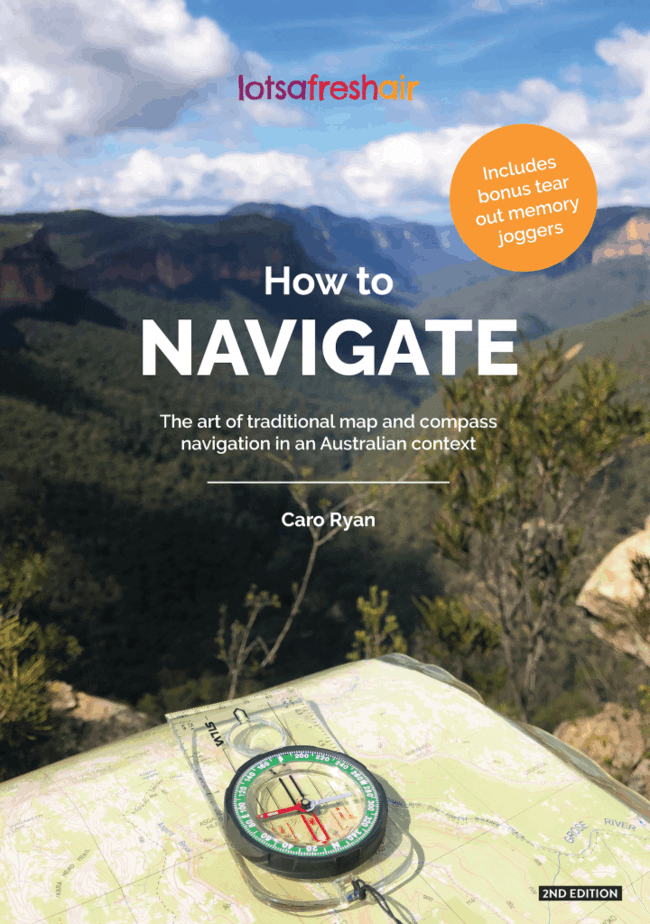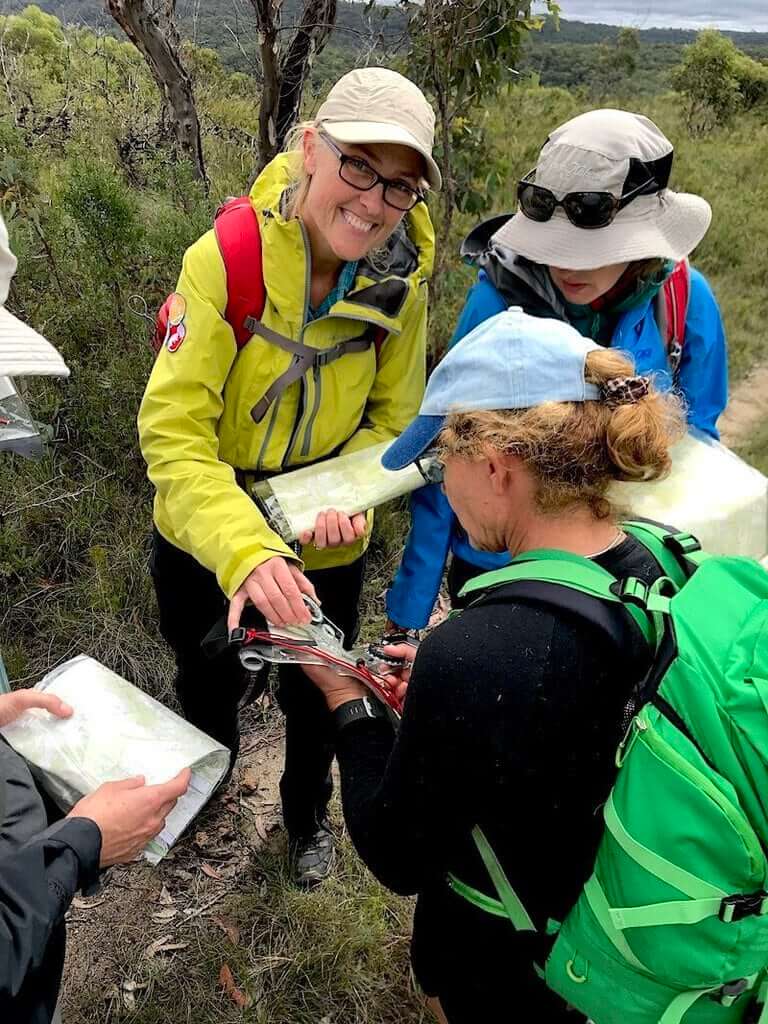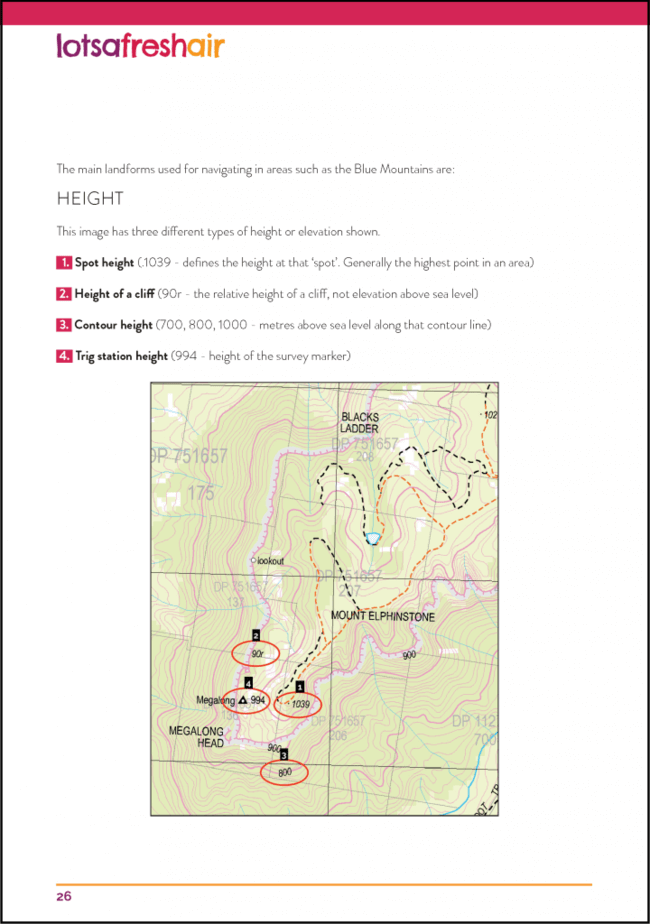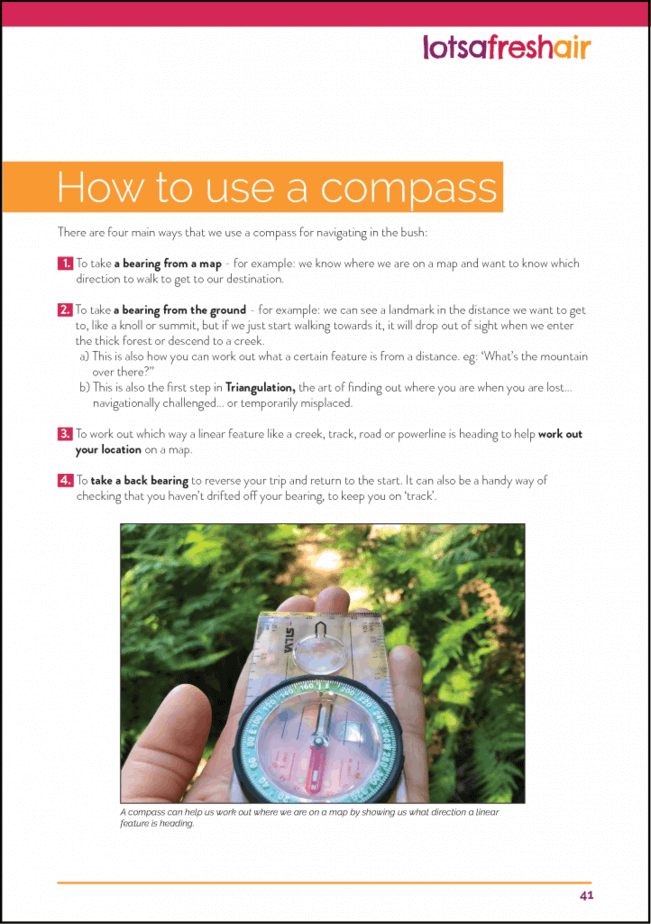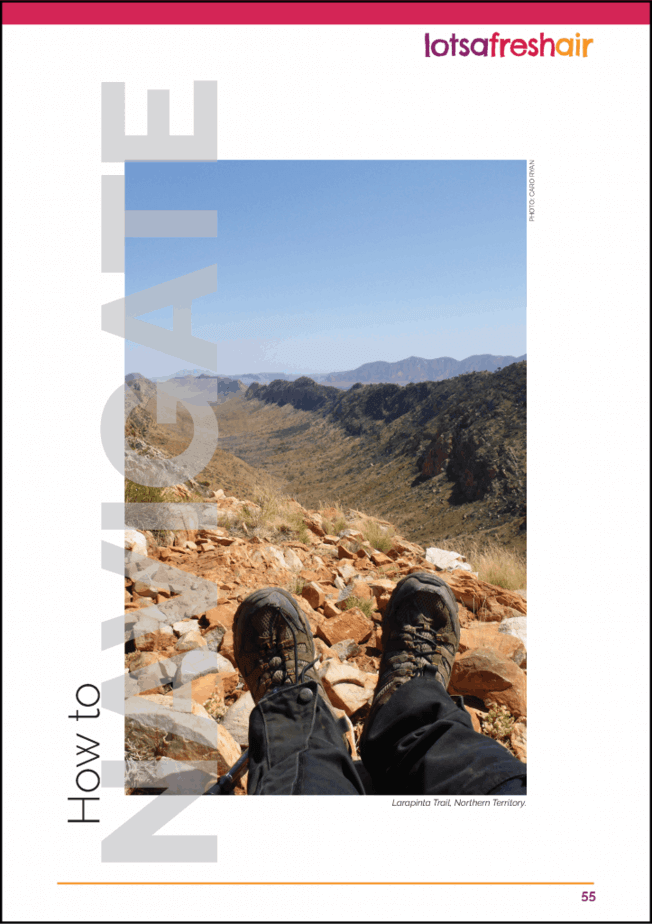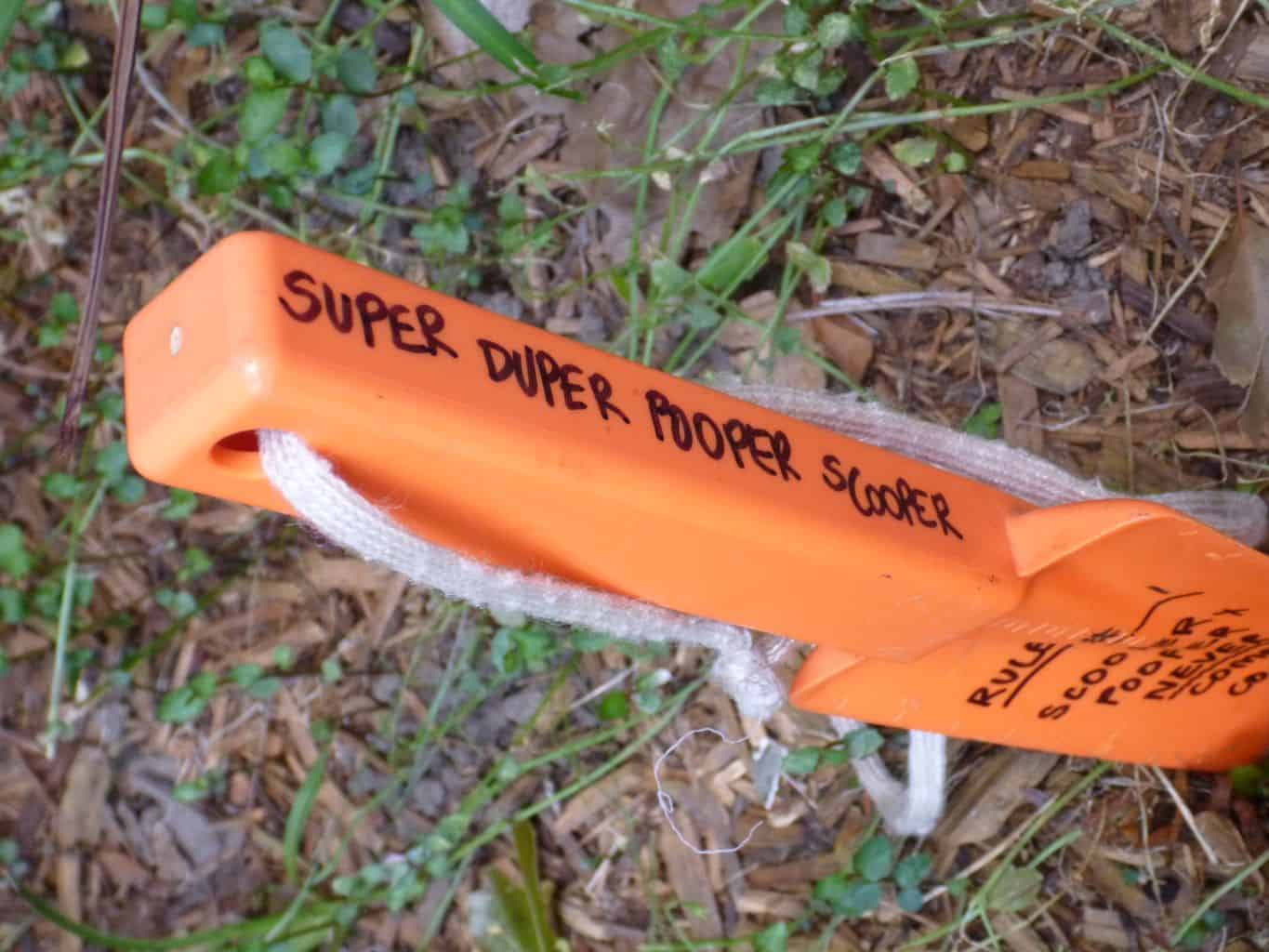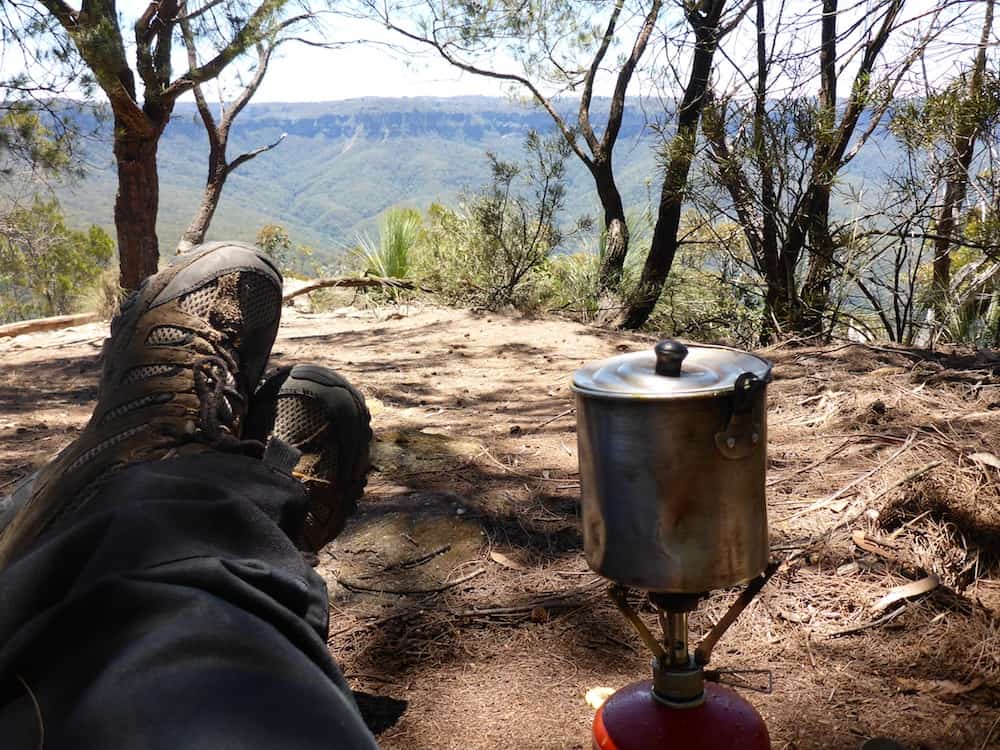The art of traditional map and compass navigation in an Australian context // Book
The navigation training manual used by NSW Police Rescue Squad, NSW State Emergency Service and the NSW Volunteer Rescue Association.
I’m delighted to share my love of map and compass navigation with hikers, bushwalkers and other outdoorsy types in my book, How to Navigate!
I thought I’d give a bit more info on the background for the book and what you’ll find inside, along with the style and approach that’s all about removing jargon and shining a light on how learning to navigate can be much easier than you think.
Why map and compass navigation is important
One of the most fundamental skills needed for going on a hike or bushwalk, is knowing how to navigate. It’s up there with knowing what equipment, food, water and clothes to take and telling someone where you’re going.
Sticking to well-defined and signposted national park tracks can lead some of us to think we don’t need these skills, but even if we don’t pull out the compass, the basics of how to read a map set us up for success in outdoor adventures. It helps us choose a hike that is not only within our capabilities but answers questions like:
- How long is a hike or track?
- How long will it take?
- Is there a lot of up or down?
- What will I see on the way?
- Can I collect drinking water on the way?
- How much further do I have to go (and how long will it take?)
- I’m somewhere on this 5 km track, but I don’t know where.
… And much, much more.
‘I’ve spent my life and have been on many expeditions where I have had to rely on a map and compass. Caro’s book brings a fresh approach, breaking down old fashioned jargon and making learning how to navigate, easy.’
Dick Smith, AC (Adventurer, entrepreneur, philanthropist)
Traditional map and compass navigation vs GPS
Recent years have seen a huge increase in the development and use of digital navigation, through smartphone apps and GPS technology. So many of us outdoorsy types have become reliant on these, but in doing so, we’ve found their downsides. At a basic level, things like a map’s key and other essential information isn’t a part of the picture or the most obvious issue being battery drain or a broken phone, can render it useless – leaving us in the middle of nowhere… with no clue.
There’s lots of intricate and complex systems at work when it comes to using digital navigation; from what’s in our hand, to the satellites that circle above in space – so many opportunities for something along the line to let us down. A compass is a simple device, of which little can go wrong. It doesn’t need a battery, works inside a deep canyon or backcountry whiteout and with a bit of knowledge, can take us on the most amazing adventures… and get us out of trouble.
‘Being able to navigate opens up more areas to explore and allows you to venture off track, to really experience the wilderness and solitude. There is so much out there to experience and there is something about using a map and compass that is empowering, and is really just a lot of fun!’
Lou Clifton, trail runner (Coast to Kosci 240km, 2020 3rd female, Razorback 68km 2020 1st female, Ultra-Trail Cappadocia 120km 1st female, Ultra-Trail Mount Fuji 100 mile 2019 2nd female.)
Who is this book for?
When I sat down to write this book, it came after many hours of thought during my daily walks in the bush. My starting point was the reader; who they are, their previous experience navigating, how much they do (or don’t) already know about it and reflecting on my own journey learning how to navigate. I looked at the barriers that people can experience and the reasons they might not have felt they’ve ever ‘got it’ when trying to learn in the past.
This book starts with the very basics and fundamentals of map reading and doesn’t make any assumptions. The other main thing I wanted to do is remove jargon and use plain every-day English to describe the concepts. There are terms that could appear confusing or complex, that might have been explained poorly in the past, or seem to be from a different language. I break all these down and make sense of them.
What I wanted to share in this book is not only the how-to of using the tools of a map and compass, but the why. In explaining the big thinking behind something, I then reduce it right down to what we as bushwalkers and hikers really need to know. I reckon some people just like to use big words and big terms to sound smart – this doesn’t help our confidence when we’re trying to learn.
So even though I start with the fundamentals of using the tools and concepts, the book moves into something deeper in a chapter I called, ‘How to Really navigate’? Think of it this way… just because you know what the steering wheel, brake and accelerator do, doesn’t mean you can drive a car.
It’s a certain type of headspace and a state of mind. I call it NavHead and I go into a lot of detail on this and speak with an expert rogainer and get inside his head whilst he is out during a navigation event.
This book is for hikers, bushwalkers, trampers, trekkers, canyoners, climbers, campers… anyone who ventures into the bush!
Navigating and slow travel
Another concept I wanted to cover in the book is how so much of our lives are spent looking at a screen. The very reason we crave nature and spending time in wild places is to get away from the speed and frantic pace of the digital world.
Learning how to navigate the traditional way, with a map and compass, allows us to connect to the natural world in a much deeper way.
Some people feel drawn to make sourdough, grow vegetables or learn pickling to return to a sense of meaningful and mindful practice, slowing down to appreciate the process. Reading a topographic map and learning to ‘read the land’, is no different. They’re all old skills and techniques revived for the busy world.
‘It’s about becoming deeply aware and observant of the world around us. Rather than simply seeing hills, mountains and rivers; we see ways, routes, possibilities and flow.’
Caro Ryan
Sample pages from How to Navigate
‘An essential navigation guide for any outdoor pursuit.’
Brian Fox (Cartographer, explorer, author – bushexplorers.com.au)
Where to buy
- Direct – here on the website
NATIONAL
NSW
- Trek & Travel, 447 Kent Street, Sydney
- Summit Gear, 86 Katoomba Street, Katoomba
- Paddy Pallin stores
- Little Lost Bookshop, Hapenny Lane, Katoomba
- Echo Point Visitors Centre, Echo Point, Katoomba
- Megalong Books, 183 Leura Mall, Leura
- The Turning Page Bookshop, 125 Macquarie Road, Springwood
- NPWS Heritage Centre, 270 Govetts Leap Road, Blackheath
- Gleebooks, Govetts Leap Road, Blackheath
- NPWS Sea Acres Visitor Centre, Port Macquarie
- NPWS and Tumut Region Visitors Centre, 5 Adelong Road, Tumut
- Wilderness Sports, Nuggets Crossing, Jindabyne
- Meridian Maps
QLD
- Wild Earth, Gold Coast, Brisbane
- Far Outdoors, Boonah, QLD
- Paddy Pallin stores
TAS
- Geographica, 110 Elizabeth Street, Hobart
- Find Your Feet, 107 Elizabeth Street, Hobart
- Find Your Feet, 23 Kingsway, Launceston
- Paddy Pallin stores
VIC
- Bogong Equipment, 374 Little Bourke Street, Melbourne
- Paddy Pallin stores
WA
- Chart & Map Shop, 70 High Street, Fremantle
- Paddy Pallin stores
SA
- Cartographics, 147 Unley Road, Unley Adelaide

